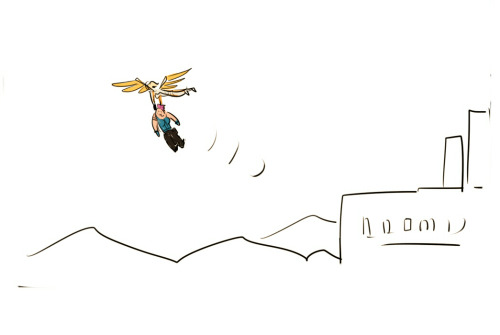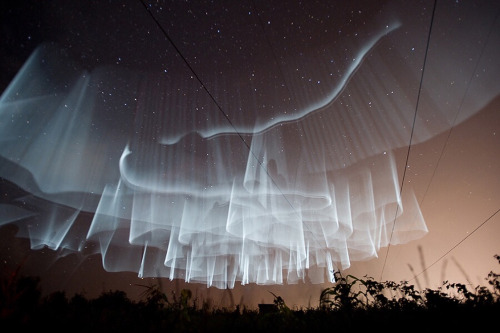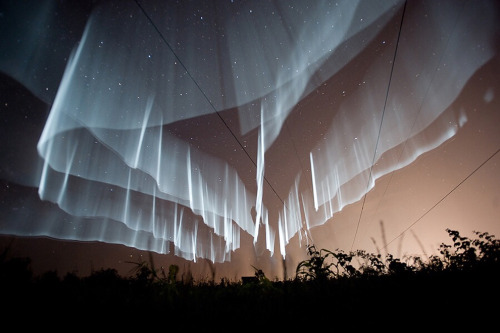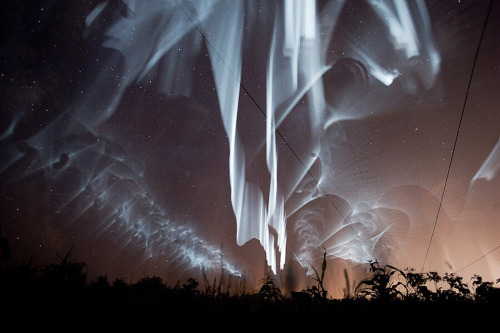SpaceX Update:
SpaceX Update:
The Jason-3 launch was successful.
The landing attempt on the droneship, however, didn’t go perfectly. The rocket booster is “on target at droneship” but SpaceX has said that a landing leg was broken due to a hard landing. I don’t know exactly what this means for the booster quite yet. I’ll update when I find out.
More Posts from Spacecheesus-blog and Others
Largest Collection of Planets EVER Discovered!
Guess what!? Our Kepler mission has verified 1,284 new planets, which is the single largest finding of planets to date. This gives us hope that somewhere out there, around a star much like ours, we can possibly one day discover another Earth-like planet.

But what exactly does that mean? These planets were previously seen by our spacecraft, but have now been verified. Kepler’s candidates require verification to determine if they are actual planets, and not another object, such as a small star, mimicking a planet. This announcement more than doubles the number of verified planets from Kepler.

Since the discovery of the first planets outside our solar system more than two decades ago, researchers have resorted to a laborious, one-by-one process of verifying suspected planets. These follow-up observations are often time and resource intensive. This latest announcement, however, is based on a statistical analysis method that can be applied to many planet candidates simultaneously.
They employed a technique to assign each Kepler candidate a planet-hood probability percentage – the first such automated computation on this scale, as previous statistical techniques focused only on sub-groups within the greater list of planet candidates identified by Kepler.
What that means in English: Planet candidates can be thought of like bread crumbs. If you drop a few large crumbs on the floor, you can pick them up one by one. But, if you spill a whole bag of tiny crumbs, you’re going to need a broom. This statistical analysis is our broom.

The Basics: Our Kepler space telescope measures the brightness of stars. The data will look like an EKG showing the heart beat. Whenever a planet passes in front of its parent star a viewed from the spacecraft, a tiny pulse or beat is produced. From the repeated beats, we can detect and verify the existence of Earth-size planets and learn about their orbits and sizes. This planet-hunting technique is also known as the Transit Method.

The number of planets by size for all known exoplanets, planets that orbit a sun-like star, can be seen in the above graph. The blue bars represent all previously verified exoplanets by size, while the orange bars represent Kepler’s 1,284 newly validated planets announced on May 10.

While our original Kepler mission has concluded, we have more than 4 years of science collected that produced a remarkable data set that will be used by scientists for decades. The spacecraft itself has been re-purposed for a new mission, called K2 – an extended version of the original Kepler mission to new parts of the sky and new fields of study.

The above visual shows all the missions we’re currently using, and plan to use, in order to continue searching for signs of life beyond Earth.
Following Kepler, we will be launching future missions to continue planet-hunting , such as the Transiting Exoplanet Survey Satellite (TESS), and the James Webb Space Telescope. We hope to continue searching for other worlds out there and maybe even signs of life-as-we-know-it beyond Earth.
Make sure to follow us on Tumblr for your regular dose of space: http://nasa.tumblr.com
Neat!

Traveling to Mars (safely AND quickly) with plasma rockets
There has been quite a bit of hype about getting people to Mars. But traveling 35 million miles to the red planet will require a new breed of rockets that are much more powerful and efficient than traditional chemical-fueled rockets.
It takes *A LOT* of fuel to get into space. The Saturn V, which launched spacecraft to the moon, required fuel tanks that were taller than the Statue of Liberty. Traveling to Mars, which is 200 times farther than the moon, means that we would need to build an even bigger rocket that can carry 200 times more fuel — a highly impractical quest.

So NASA researchers are working on a new kind of rocket with electric thrusters that can travel at high speed using less fuel. These plasma rockets can get spacecraft to the moon with one-tenth the tank of fuel used by Saturn V, and are capable of cutting a risky trip to Mars down from two years to less than two months.
Even though plasma rockets are ideal for long-term spaceflight, they do have some shortcomings.
To create plasma, a gas-like matter that’s as hot as the sun, radio waves are used to heat a gas propellant. The problem is that during the heating process, charged ion particles are expelled, causing damage to the thruster’s walls that could potentially lead to a catastrophe.
So what if there was a way that the wall could repair itself?
Gary Li, a UCLA aerospace engineering grad student, is figuring out a way to do just that. In the video below, he explains how his research could help humans travel safely and quickly to Mars:




패러디


Overwatch & TF2 thign
I need some space cakes in my life.








Galaxy based food
straight ppl: haha they can't be gay they're space rocks lol
me: by that logic they can't be straight either
straight ppl: ...
straight ppl: I don't appreciate your tone.
people who are mad at jared for sending the cast dead pigs and shit
do you not realize that jared is the fucking joker? do you not fucking realize the work jared put in to getting in the fucking role changed him? do you not realize how psychotic and deranged it fucking made him?



Rare White Curtain Auroras Seen Over Finland
Behold stargazers, this is not an art installation. These are actually stunning white Northern Lights in Finland. The stunning Aurora Borealis resemble a white curtain, which seems to be made by photoshop; but we promise you they are organic beauties made by the hands of Mother Nature.
-
 thesequesteredsoul liked this · 9 years ago
thesequesteredsoul liked this · 9 years ago -
 ofscorpionsandroses liked this · 9 years ago
ofscorpionsandroses liked this · 9 years ago -
 stargazingblrpenguin liked this · 9 years ago
stargazingblrpenguin liked this · 9 years ago -
 spacecheesus-blog liked this · 9 years ago
spacecheesus-blog liked this · 9 years ago -
 spacecheesus-blog reblogged this · 9 years ago
spacecheesus-blog reblogged this · 9 years ago -
 scifibye reblogged this · 9 years ago
scifibye reblogged this · 9 years ago -
 donartius reblogged this · 9 years ago
donartius reblogged this · 9 years ago -
 jon-9000 reblogged this · 9 years ago
jon-9000 reblogged this · 9 years ago -
 fairytalesandimaginings liked this · 9 years ago
fairytalesandimaginings liked this · 9 years ago -
 revenence liked this · 9 years ago
revenence liked this · 9 years ago -
 blazen-it liked this · 9 years ago
blazen-it liked this · 9 years ago -
 1bangs liked this · 9 years ago
1bangs liked this · 9 years ago -
 greaterthantelevision reblogged this · 9 years ago
greaterthantelevision reblogged this · 9 years ago -
 hipsterharajuku liked this · 9 years ago
hipsterharajuku liked this · 9 years ago -
 drgrubbystreetcat reblogged this · 9 years ago
drgrubbystreetcat reblogged this · 9 years ago -
 real-bi-gemini liked this · 9 years ago
real-bi-gemini liked this · 9 years ago -
 wordwelder reblogged this · 9 years ago
wordwelder reblogged this · 9 years ago -
 samjohnssonvt liked this · 9 years ago
samjohnssonvt liked this · 9 years ago -
 quietwheeze reblogged this · 9 years ago
quietwheeze reblogged this · 9 years ago -
 toastmagetm reblogged this · 9 years ago
toastmagetm reblogged this · 9 years ago -
 alychampignon reblogged this · 9 years ago
alychampignon reblogged this · 9 years ago -
 scumbum6 liked this · 9 years ago
scumbum6 liked this · 9 years ago -
 space-transgressor liked this · 9 years ago
space-transgressor liked this · 9 years ago -
 mleodaalder liked this · 9 years ago
mleodaalder liked this · 9 years ago -
 junkirat reblogged this · 9 years ago
junkirat reblogged this · 9 years ago -
 junkirat liked this · 9 years ago
junkirat liked this · 9 years ago -
 clarathespacequeen liked this · 9 years ago
clarathespacequeen liked this · 9 years ago -
 hjorthorn reblogged this · 9 years ago
hjorthorn reblogged this · 9 years ago -
 limited-ruin reblogged this · 9 years ago
limited-ruin reblogged this · 9 years ago -
 sergeantreckless-blog1 reblogged this · 9 years ago
sergeantreckless-blog1 reblogged this · 9 years ago -
 nyolcadik-utas reblogged this · 9 years ago
nyolcadik-utas reblogged this · 9 years ago -
 limited-ruin reblogged this · 9 years ago
limited-ruin reblogged this · 9 years ago -
 transpunkspacejunk liked this · 9 years ago
transpunkspacejunk liked this · 9 years ago -
 allhailthesnailking liked this · 9 years ago
allhailthesnailking liked this · 9 years ago -
 pzero-hero liked this · 9 years ago
pzero-hero liked this · 9 years ago -
 analog-mind liked this · 9 years ago
analog-mind liked this · 9 years ago -
 the-boy-blunder reblogged this · 9 years ago
the-boy-blunder reblogged this · 9 years ago -
 the-boy-blunder liked this · 9 years ago
the-boy-blunder liked this · 9 years ago
Hello, folks! I mainly like to post things of the space, cartoons, and caffiene variety. Enjoy your stay! :)
37 posts





